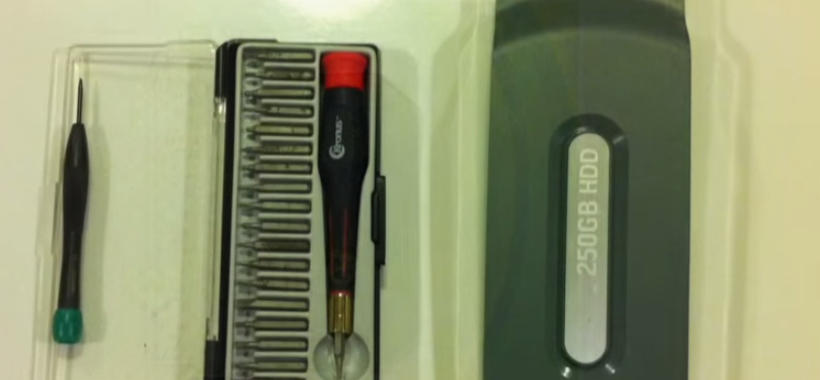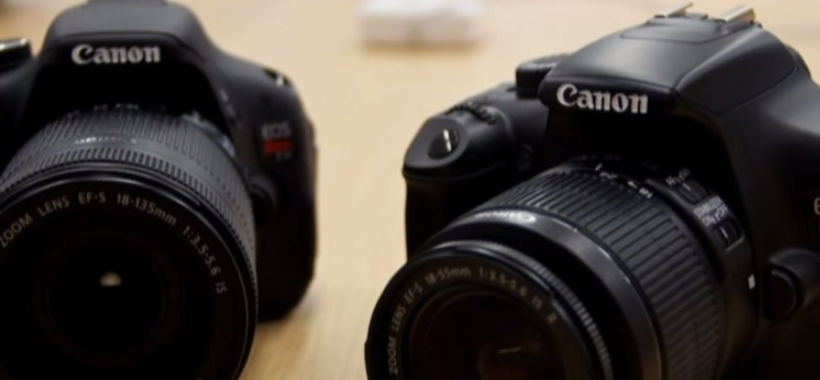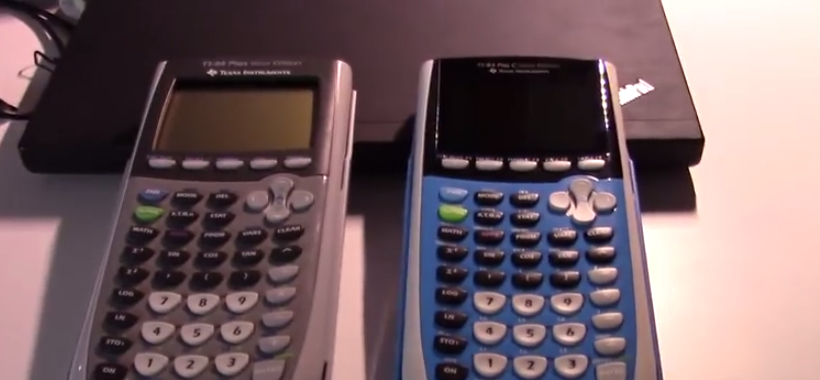When you’re buying a new TV, lots of factors come into play. You have the size of the screen, sound quality, high definition, plasma vs LCD…the list goes on. And tucked in there somewhere is the number of hertz that your TV is capable of, which is also called the refresh rate. The two most common refresh rates out there today are 120hz and 240hz.
Unique Differences Between 120hx and 240hz
To really understand what the difference is between 120hz and 240hz, you first have to understand how filming a video works. Every movie you watch, no matter how big the budget, is essentially a flip book. That’s right, when you drew a little stick figure turning a cartwheel at the corner of your notebook, you were doing the exact same thing as blockbuster directors.
What I mean is, every movie is just a collection of static pictures. When those pictures get displayed on your TV at the correct speed, they look like moving pictures (hence, movies). The faster the picture moves, the smoother the action in the film looks.
When movies are filmed, the film is capturing a set number of pictures, called frames, for every second of action. This is called the fps (frames per second). Almost all movies are filmed in either 24 or 30 fps. So that means that every time you watch a movie you are actually watching 24 or 30 pictures move across your screen every second, right?
The Role of Hertz in Television
Not quite. This is where we get to 120 vs 240hz. Hertz is what we use to measure how quickly your television can change from one picture to another. So if you are watching a film shot in 24 fps on a screen with only 1hz, you can only display one of those 24 frames every second, which isn’t very good. If you had a 24hz TV, everything would be perfect because your screen would be refreshing at the exact same rate as the frames.
Except what happens when you watch a movie filmed in 30 fps? Now your 24hz TV is missing 6 frames for every second of film. But upgrading to a 30hz TV isn’t going to solve your problems because then you won’t be able to watch 24 fps movies. To explain why not, we’re going to move past 30hz to 60hz TVs.
60hz is perfect for watching 30 fps movies. The screen is refreshing 60 times per second, meaning it is displaying each frame twice since 30 divides evenly into 60. But 24 doesn’t, it goes into 60 2.5 times. Interpolation is a process which fixes this problem by inserting copies of 6 frames into the film to bring it up to 30 fps. This kind of words, but the action gets funny when it is manipulated like this. It no longer looks natural.
The solution to this problem is 120 and 240 hertz TVs. The reason these two refresh rates are perfect is that both of them are evenly divisible by both 24 and 30. This means that with either a 120 or a 240 hertz TV, you can watch both 24 and 30 fps movies without a problem. Get it? Good, because now we’re ready to start actually comparing the two.
What it Boils Down to
The basic difference between 120 and 240hz is that once is refreshing 120 times per second and the other is refreshing 240 times. A faster refresh rate typically means a clearer picture, but in these ranges it doesn’t make nearly as large a difference. A true film connoisseur might be able to identify a 120hz TV just by watching a movie on it, but your average television owner isn’t going to notice the slight loss of clarity compared to a 240hz.
So when we’re talking about watching regular, flat movies, the difference between 120 and 240hz really comes down to your own personal preferences. If you’re willing to spend some extra money to get the absolute best picture quality available, you’ll want the 240. If you’re willing to cut some corner to save a little money, you’ll most likely be perfectly happy with your 120.
Why mention flat movies? Because the rules change once you start watching things in 3D. TVs add depth to the picture by only showing half of each image to each of your eyes. That’s why everything looks so blurry if you’re not wearing the 3D glasses.
Instead of saying you only see half of each image, perhaps it’s better to say you only see half of the frames displayed. So on a 120hz TV, each eye is actually seeing 60 frames per second. Do you know why that’s a problem?
For exactly the same reason that 60hz TVs had to be replaced by 120hz in the first place. Because 60 isn’t evenly divisible by 24, you won’t be able to watch a 3D movie shot in 24fps on your 120hz TV. Or, to be fair, you can watch it, but some of the action might look too smooth and come across as unnatural.
A 240hz TV doesn’t have this problem. That is because when you divide 240 in half, each of your eyes is still watching in 120hz. Because 120 is divisible by both 24 and 30, you can watch 3D movies shot at either speed with no loss of picture clarity or manipulations of the film.
The Perception with Televisions
With TVs, as with most things, people tend to naturally assume that bigger means better. In this case they are both right and wrong. More hertz does mean a faster refresh rate, so technically a 240hz TV will have a better picture than a 120hz TV. But for most people, this difference is so slight as to be unnoticeable. Going with a 120hz TV will save you some money without costing you any real quality.
The exception to this rule is 3D movies. Because they work by dividing the picture in half, a 240hz TV is going to stay truer to the original action caught on film than a 120hz TV. Only in this case will you truly notice the difference between a 120 and 240 hertz TV.




























